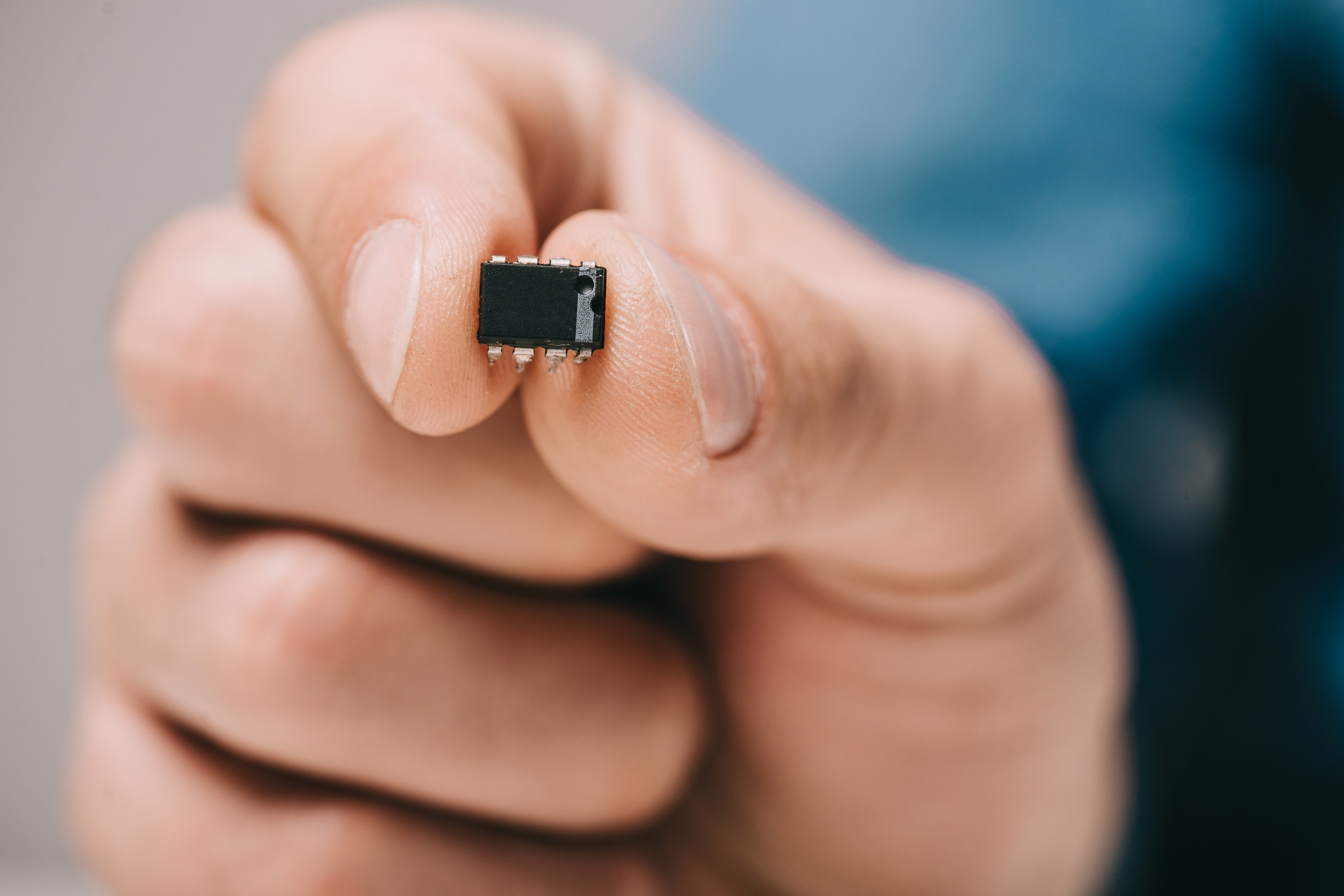Apple is reportedly investigating the integration of artificial intelligence into its chip design process, according to a senior company executive. This move signifies a potential shift in how technology giants innovate and develop hardware components.
In recent years, Apple has been at the forefront of hardware innovation, notably with its custom silicon chips used across iPhones, iPads, and Macs. The company’s focus on optimizing power efficiency and performance has driven significant advancements in chip technology, often through extensive research and development efforts. However, the new initiative to incorporate AI into chip design could accelerate these processes and lead to more sophisticated, efficient chips in the future.
The executive revealed that Apple is exploring AI’s capabilities to streamline the complex process of chip design, which traditionally involves labor-intensive and time-consuming methods. By utilizing AI algorithms, Apple aims to enhance the precision of design specifications, reduce development time, and potentially discover novel architectures that could outperform current models. This approach could also lower manufacturing costs and improve the overall quality of Apple’s semiconductor products.
This development may impact multiple stakeholders, including Apple’s hardware teams, suppliers, and competitors. If successful, Apple’s move could set a new standard for the semiconductor industry, encouraging other tech firms to adopt AI-driven design techniques. It also underscores the increasing importance of AI in hardware development, beyond its applications in software and services.
Market analysts are closely watching how this initiative might influence Apple’s product pipeline and technological edge. The successful integration of AI into chip design could reinforce Apple’s leadership in consumer electronics and possibly lead to groundbreaking new devices with even better performance and energy efficiency. At the same time, challenges such as technical feasibility and implementation costs remain, and further updates from Apple are anticipated.
Looking ahead, Apple’s progress in AI-powered chip design will be a key area to monitor, especially as the company continues to expand its AI capabilities across other domains like machine learning and autonomous systems. Upcoming product launches, advancements in AI research, and potential patents could provide further insights into the company’s strategic direction.
What does AI-driven chip design mean for Apple’s product performance?
It could lead to faster, more efficient chips that improve device performance and battery life, giving Apple a competitive edge.
How might this move affect the semiconductor industry?
It may encourage other companies to adopt AI in their design processes, fostering innovation and potentially transforming industry standards.
What are the risks associated with integrating AI into chip design?
The main risks include technical challenges, high development costs, and possible delays in deployment if AI algorithms do not meet expectations.







